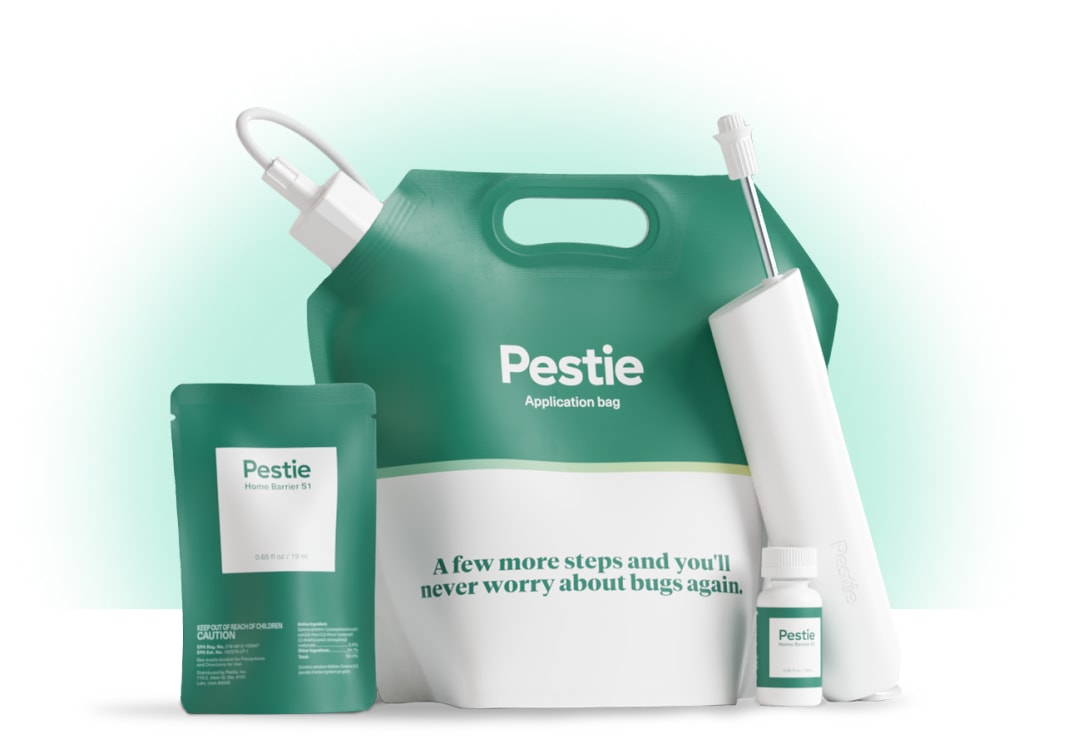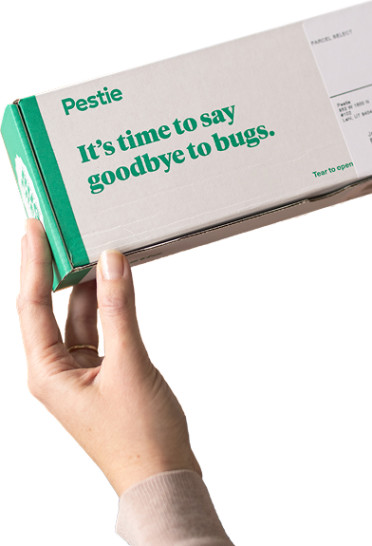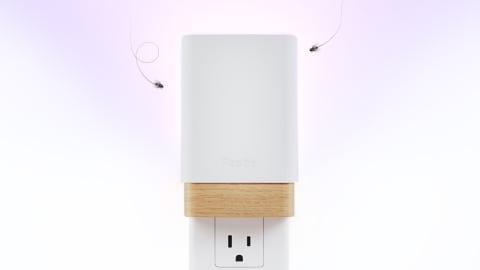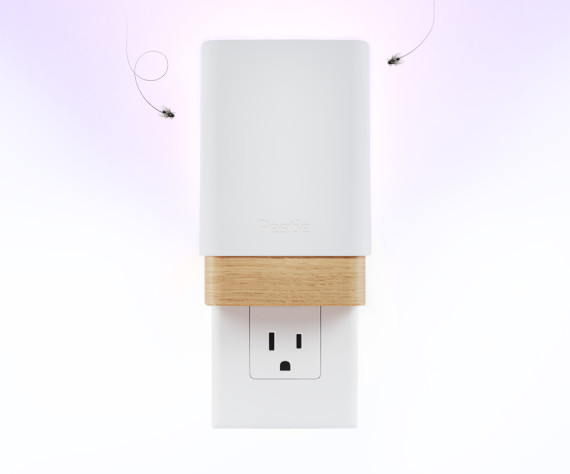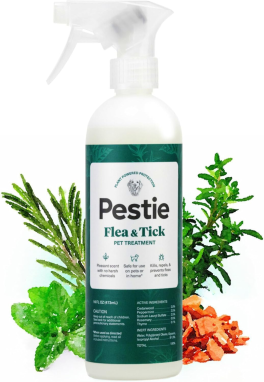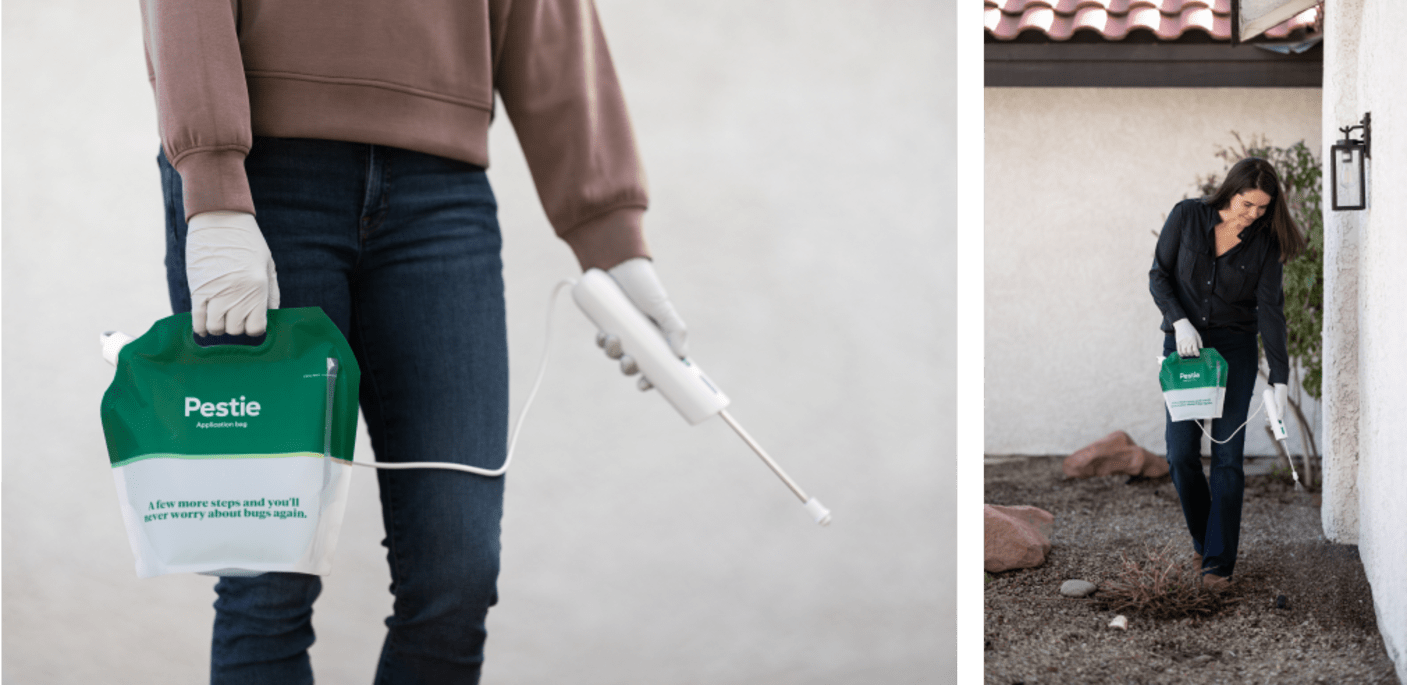How to identify and get rid of wharf borers
Shivering your timbers: Guard against wharf borer damage
Do you have an older home and notice too many reddish beetles in and around your property?
An abundance of these tell-tale wharf beetles could be a sign that something else is going on in the walls or under the floors of your home.
Wharf beetles will lay their eggs in old, damp wood, usually wood that is already decaying and infected with fungi. The larvae will eat this decaying wood and cause structural damage to timbers. The long winding tunnels compromise the integrity of structural timbers and promote the wood’s decay. This can lead to plumbing damage or unsafe conditions in older homes.
The beetles get their names from attacking wood piled up around wharves, old ships, and docks that come in contact with water. While the beetles are known around the coastal areas of the US, they are abundant wherever rotting wood is available.
The adults are often found near windows and lights, mostly active in late spring to early summer.
How to identify wharf borers
Wharf borers look very similar to many beetles but have a few characteristics that distinguish them from others.
They have a slender reddish body that ends in a black tip on the hard wing covers (called elytra). Their antennae are long and are about half the length of the body. They also have short, yellow hairs that cover their body.
Additionally, they have a short spur on their front legs that helps distinguish them from look-alike soldier beetles.
How big are wharf borers?
The adults are about 1/2 inch long.
What other pest looks like a wharf borer?
Sometimes, a wharf borer can be confused with a cockroach, and soldier beetles look very similar. Look for the black band on the tip of the wing covers.
Where do wharf borers live?
While wharf borers are common along the coastal regions of the US, they can be found throughout the continental US.
How to get rid of wharf borers
Wharf borers are in your home because you have the right conditions for them to thrive in. That means you have old wood in your home that is damp or moist.
The best approach to removing wharf borers is to correct the moisture problem in your home. That might require reducing the humidity, fixing a leaky pipe, or replacing rotten wood. If you find adults that have emerged and are congregating in your home, all you have to do is vacuum them or pick them up and discard them.
Consider spraying an insect barrier around your property to prevent them from returning to your home. Pestie offers a pro-grade DIY solution that guarantees you a bug-free home! It only takes a few minutes to keep your home protected.
Treat wharf borers with Pestie
If you're still having trouble keeping wharf borers away, the best option is to use a pro-grade, effective pest control solution like Pestie.
Pestie is a do-it-yourself pest control solution that's specially designed to keep wharf borers and other pests away from your home.
With Pestie, you can rest easy knowing that your living space is protected and free of creepy crawlies. And the best part? It's designed for people, pets, and the planet, so you can say goodbye to harsh chemicals and hello to peace of mind!
- Save hundreds compared to traditional annual pest plans
- People, pet, and planet-friendly
- Pro-grade customized formulas
Quick facts
How dangerous are Wharf Borers?
Medium danger risk
Wharf borers don’t pose any health risk to humans, but they can compromise the integrity of structural timbers.
- Scientific name
Narcerdes Melanura
- Colors
White
- Life span
1 year
- Diet
Damp or decaying wood
Fence posts and wood light poles are susceptible to wharf borers, too, especially if a dog has peed on them.
